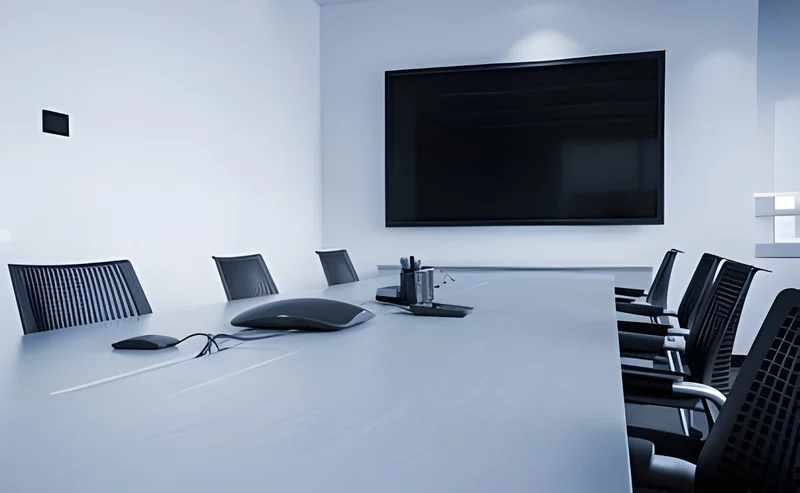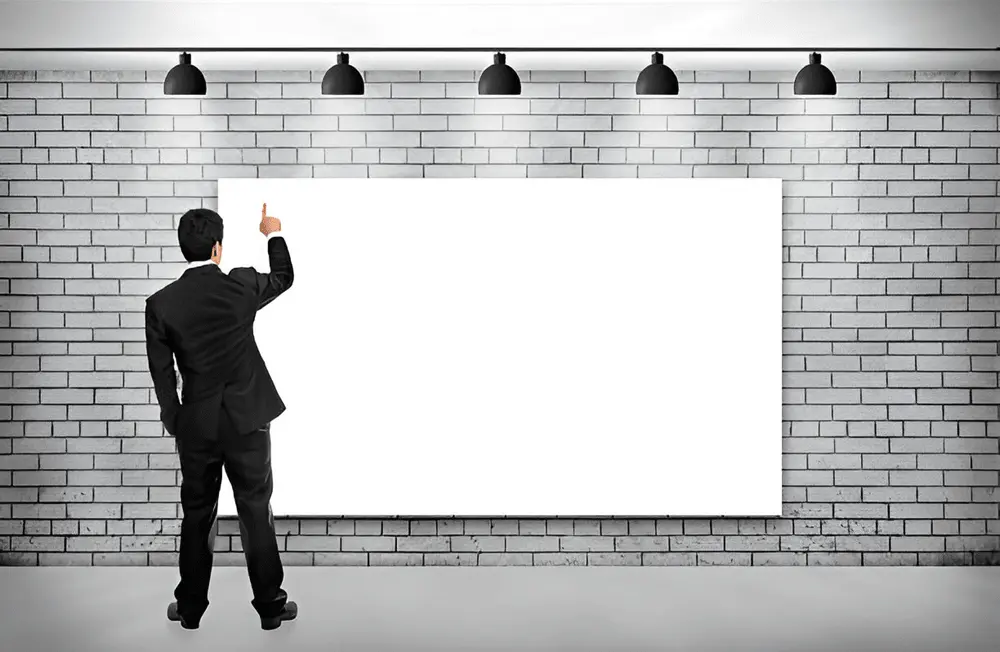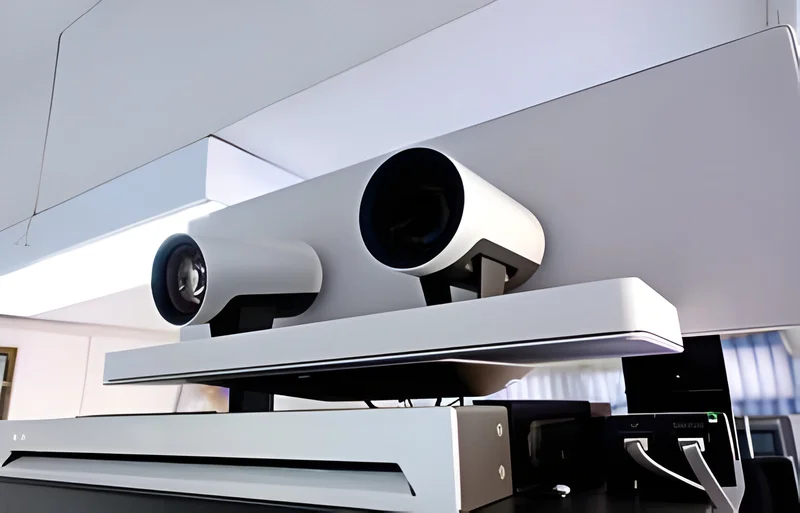Table of Contents
- Introduction
- Why Projection Screen Performance Matters in Large Venues
- Key Factors That Influence Projection Screen Quality
- 3.1 Ambient Light Rejection for Large Venues
- 3.2 Screen Gain and Brightness Explained
- 3.3 Viewing Angle Considerations
- 3.4 Front vs. Rear Projection in Event Spaces
- 3.5 Screen Surface Material Types
- 3.6 Screen Size Calculations for Auditoriums
- 3.7 Large Venue Screen Technology Innovations
- How to Choose a Projector Screen for a Large Room
- Conclusion
1. Introduction
When it comes to large venue projection screens, whether in auditoriums, conference halls, or event spaces, achieving optimal image quality depends on more than just the projector itself. Projection screen performance is influenced by multiple factors such as ambient light, screen material, and installation choices. For businesses, event organizers, and educational institutions in Mumbai, understanding these elements ensures the audience enjoys a clear, bright, and immersive viewing experience.
2. Why Projection Screen Performance Matters in Large Venues
Unlike smaller meeting rooms, large venues pose unique challenges—higher seating capacity, wider viewing angles, and stronger lighting conditions. A well-selected screen enhances visibility for everyone in the room, ensuring presentations, movies, or live events are impactful and professional.
At Screen Technics Mumbai, we help clients select the right large venue screen technology to match their specific needs, ensuring maximum performance and durability.
3. Key Factors That Influence Projection Screen Quality
3.1 Ambient Light Rejection for Large Venues
One of the biggest challenges in auditoriums and large rooms is ambient light. A screen with ambient light rejection (ALR) technology helps preserve contrast and clarity, even when the space cannot be fully darkened. This feature is essential in corporate events and educational auditoriums in Mumbai, where lighting control may be limited.
3.2 Screen Gain and Brightness Explained
Projection screen gain determines how much light is reflected toward the audience.
- High-gain screens for large venues increase brightness, making them suitable for auditoriums.
- Lower-gain screens are better for wide seating arrangements where even brightness is crucial.
Choosing the correct gain is vital to balance brightness and viewing comfort.
3.3 Viewing Angle Considerations
In large venues, audiences are spread across wide seating areas. The viewing angle for large venue screens ensures that every seat has a clear, consistent image. Wider viewing angles are better for large auditoriums, while narrower angles may be acceptable in smaller conference setups.
3.4 Front vs. Rear Projection in Event Spaces
Choosing between front vs. rear projection in event spaces depends on the setup.
- Front projection is common and cost-effective.
- Rear projection eliminates shadows and works better for high-end events, though it requires more space behind the screen.
3.5 Screen Surface Material Types
Different projector screen surface material types impact image quality. Matte white, grey, and high-contrast screens are some options. For large venues, durable, high-quality materials are necessary to handle frequent use and deliver consistent results.
3.6 Screen Size Calculations for Auditoriums
Correct projector screen size calculations for auditoriums are crucial. A screen that is too small reduces visibility for back-row viewers, while an oversized screen can distort images. Professional calculations ensure the right balance of screen height, distance, and seating capacity.
3.7 Large Venue Screen Technology Innovations
Modern large venue screen technology includes tensioned electric screens, motorized systems, and ALR coatings designed specifically for big spaces. These innovations ensure smooth operation, durability, and high-end performance for events in Mumbai’s auditoriums, theaters, and corporate venues.
4. How to Choose a Projector Screen for a Large Room
When deciding how to choose a projector screen for a large room, consider:
- Venue lighting conditions
- Audience size and seating arrangement
- Projection type (front vs. rear)
- Budget and long-term maintenance needs
At Screen Technics, we guide clients through the selection process to ensure maximum ROI, delivering solutions tailored for auditoriums, corporate meeting halls, and educational institutions across Mumbai.
5. Conclusion
The success of a large venue presentation depends greatly on the factors affecting projection screen quality. From ambient light rejection to screen gain, viewing angle, and material selection, every detail matters.
If you are planning to upgrade or install a large auditorium projector screen or video conferencing setup in Mumbai, Screen Technics provides professional guidance and high-quality products to ensure your events leave a lasting impression.
Contact us today to find the right projector screen selection for your venue!




